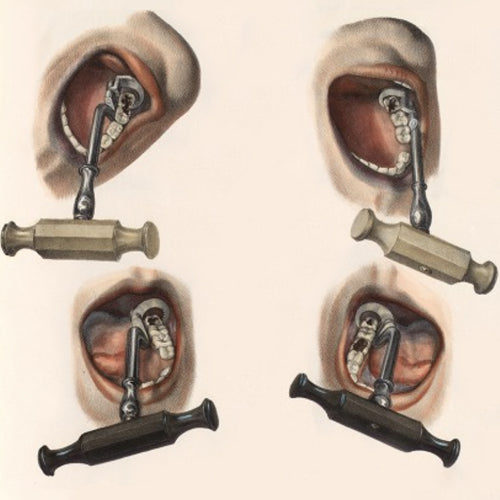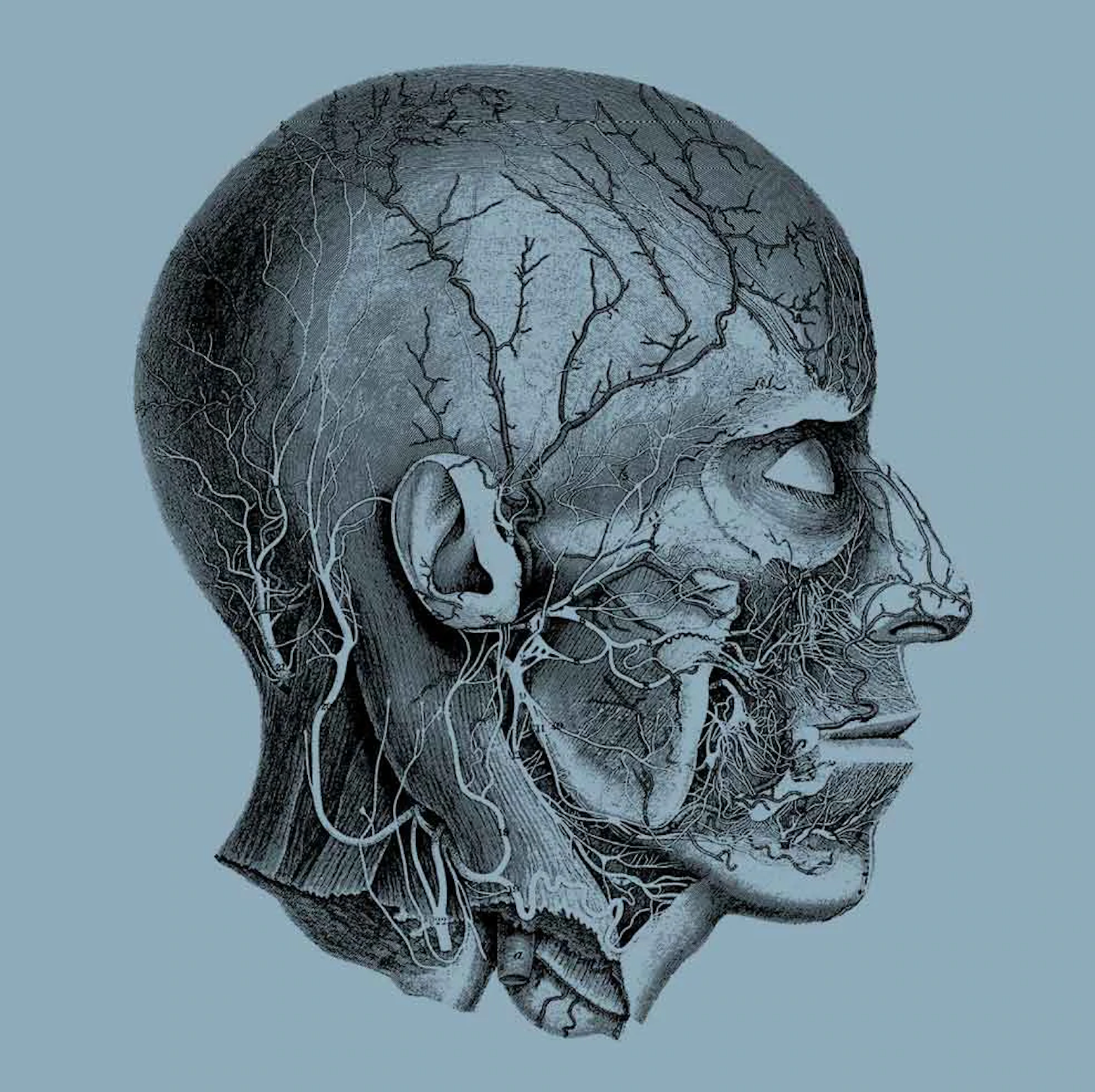After reading through our favourite strange and toe-curling facts about dentistry of the past, you may find yourself brushing your teeth extra thoroughly.
How to treat a toothache before modern medicine
For thousands of years, many people thought cavities were caused by worms living inside your teeth and gums. Scribonius Largus, th
e physician to Emperor Claudius, suggested the following herbal remedy: "...fumigations made with the seeds of the hysocyamus [henbane] scattered on burning charcoal; these must be followed by rinsings of the mouth with hot water; in this way sometimes, as it were, small worms are expelled."
The effects of the henbane would provide pain relief and sleep (plus some more surprising results), though it is thought that the 'small worms' he found were cylindrical embryos of the henbane seed. If herbal remedies seem a little pedestrian, you need a copy of Rosa Anglica by John of Gaddesden. This book, written around 1314 AD, is a collection of folklore and mystical treatments. John suggests applying the fat of a green tree frog, dried crow dung, or a partridge brain to encourage decayed teeth to fall out. If you're missing a tooth, applying the brain of a hare to your jaw will cause the tooth to regrow. Read more here.
18th century hand-illustrated page from an Ottoman Turk dental book
How were ancient dental tools used?
The next time you sit in the dentist's chair and brace yourself for the whir of the electric drill, breathe a sigh of relief that you're on the receiving end of modern tools. A team from the University of Bologna, Italy, found evidence that a rotten tooth in a 14,000-year-old skull was scraped with a small tool. The researchers hypothesised that a piece of sharpened flint was used to remove the decaying tissue. Evidence of early dental drills was found on 9,000-year-old teeth in Pakistan and pre-Hispanic skeletons in Peru. These instruments resembled a bow used to make a fire but featured a rotating spindle that would penetrate the tooth.
Researchers using a bow and flint-tipped drill to bore through a tooth.
Roberto Macchiarelli, University of Poitiers
How were teeth extracted before modern tools?
If you need a tooth extracted in the 18th and 19th centuries, you could visit a specialist tooth-drawer or a barber-surgeon, where you might encounter the dental key. This lovely contraption features clamps to secure the edges of the tooth in question. The operator would rotate the handle in a motion similar to turning a key in a lock. An ideal result would see the affected tooth leveraged out of the mouth (possibly also removing other teeth and damaging the jawbone and gums in the process), but it could also cause the tooth's crown to break, leaving the root intact and the patient in a worse position than before. Dental keys were invented in the early 1700s and were in use until the 1870's, when the forceps replaced them as the tool of choice for extractions.

Illustration showing tooth removal using tools including tooth keys
Interested in learning more?
Get
in
paperback or
eBook. Access hundreds of beautifully rendered vintage medial and surgical illustrations to use in graphic design projects, collages and fine art projects. It's the best reference material available to help you create vintage medical inspired illustrations and designs.
This book features a curated collection of 17th and 18th-century engravings, etchings and lithographs exploring dentistry, eye surgery, amputation, rhinoplasty, prosthetics, bandages and dressing, childbirth, surgical tools and much more.
Warning:
This book contains highly graphic images. If you are not comfortable with surgery being performed on the human body, this may not be the book for you. However, if you're interested in accessing a treasury of bizarre imagery that documents the amazing progression that lead to modern medicine as we know it, read on!
Image Download Included:
We have carefully restored the artwork and provided a download link within the publication where you will locate high-resolution files in JPEG format to speed up your workflow.
No scanning necessary! Follow the instructions in the book and instantly access all images.








